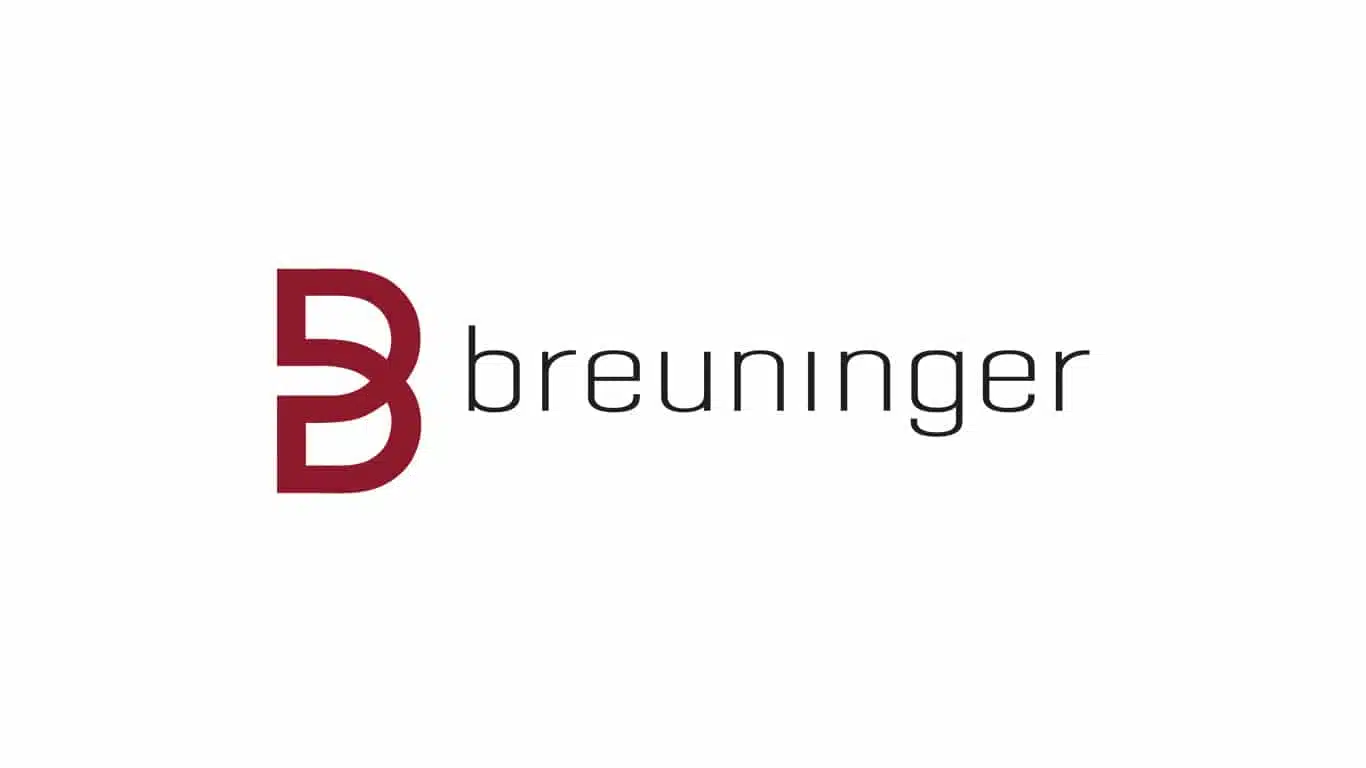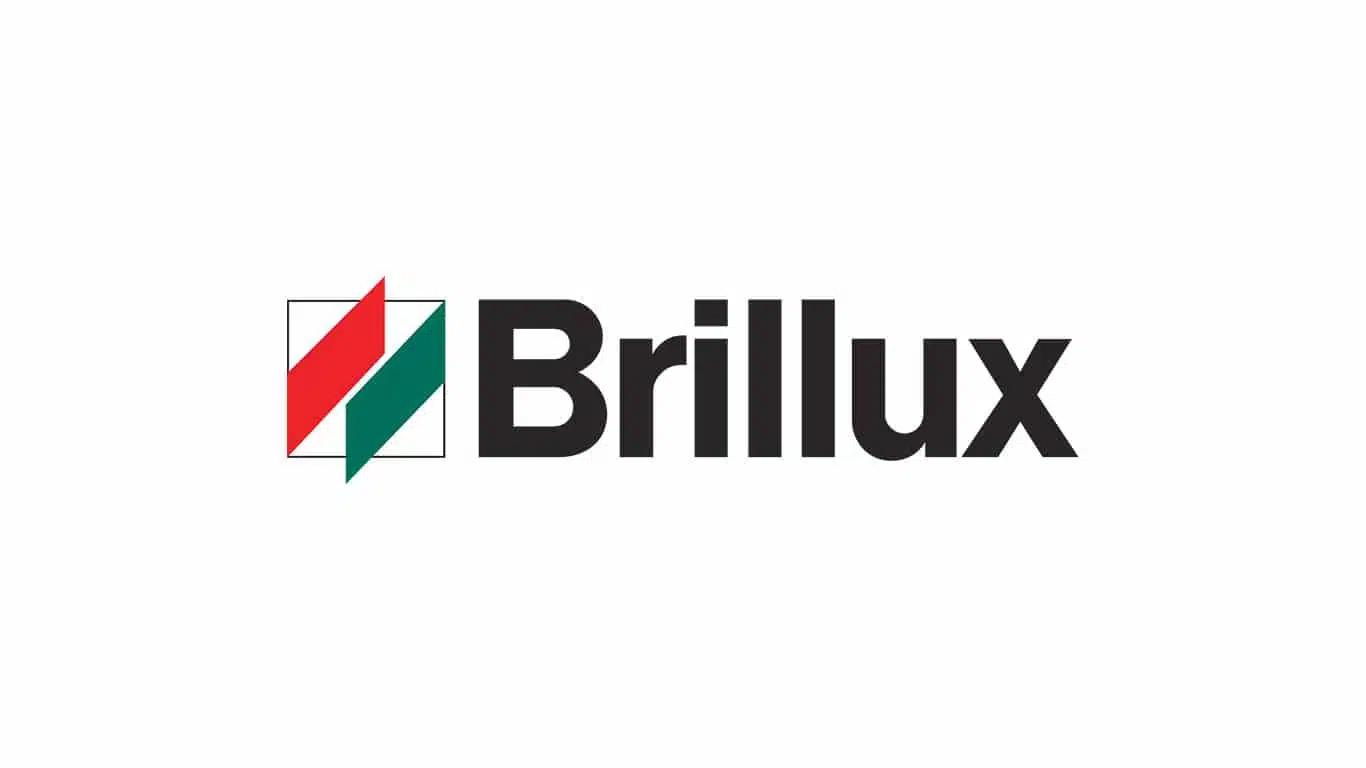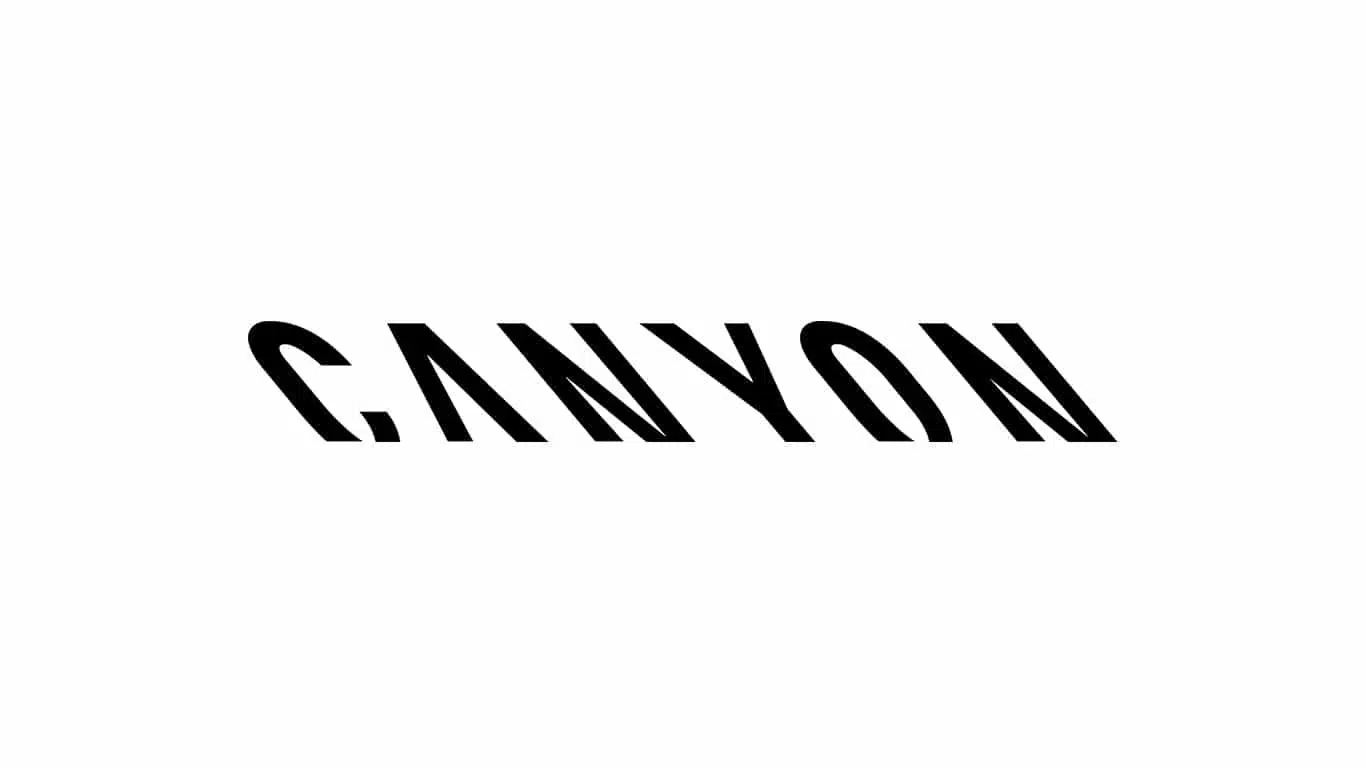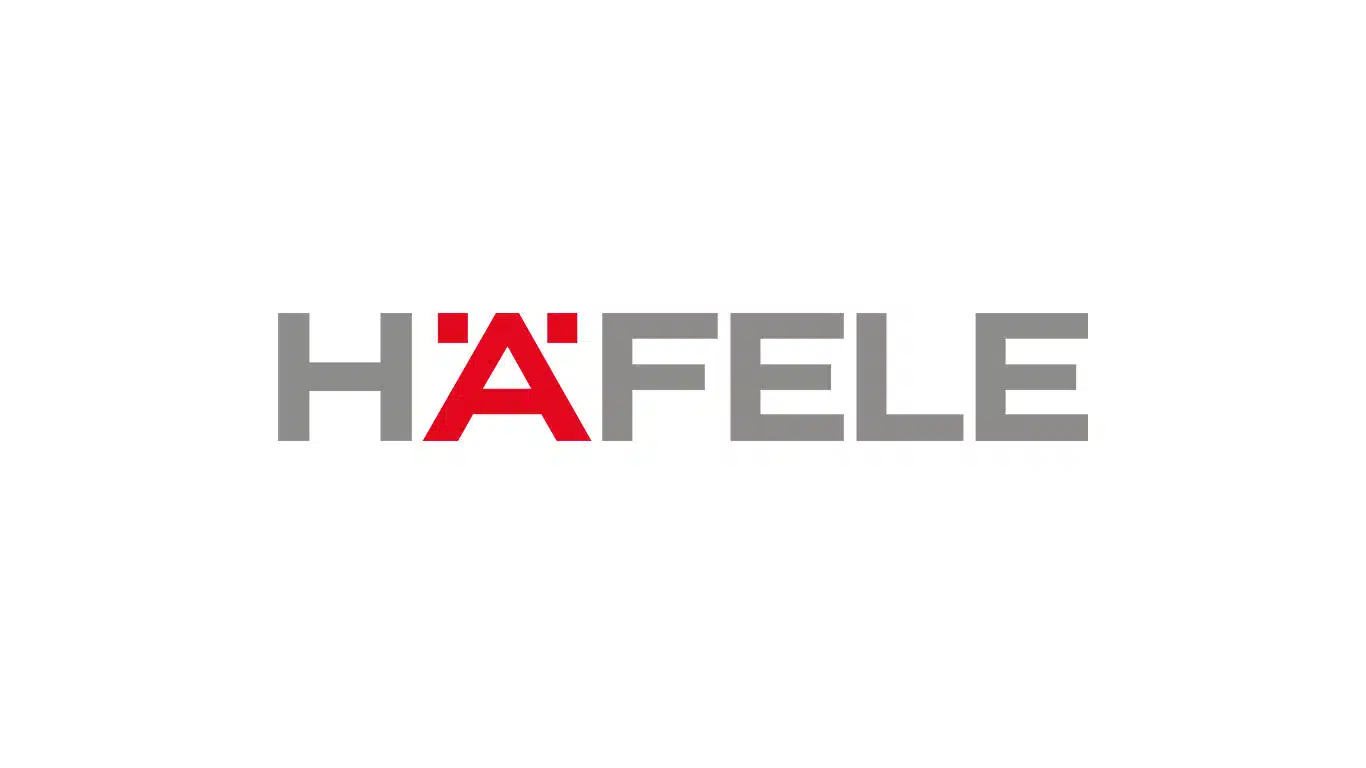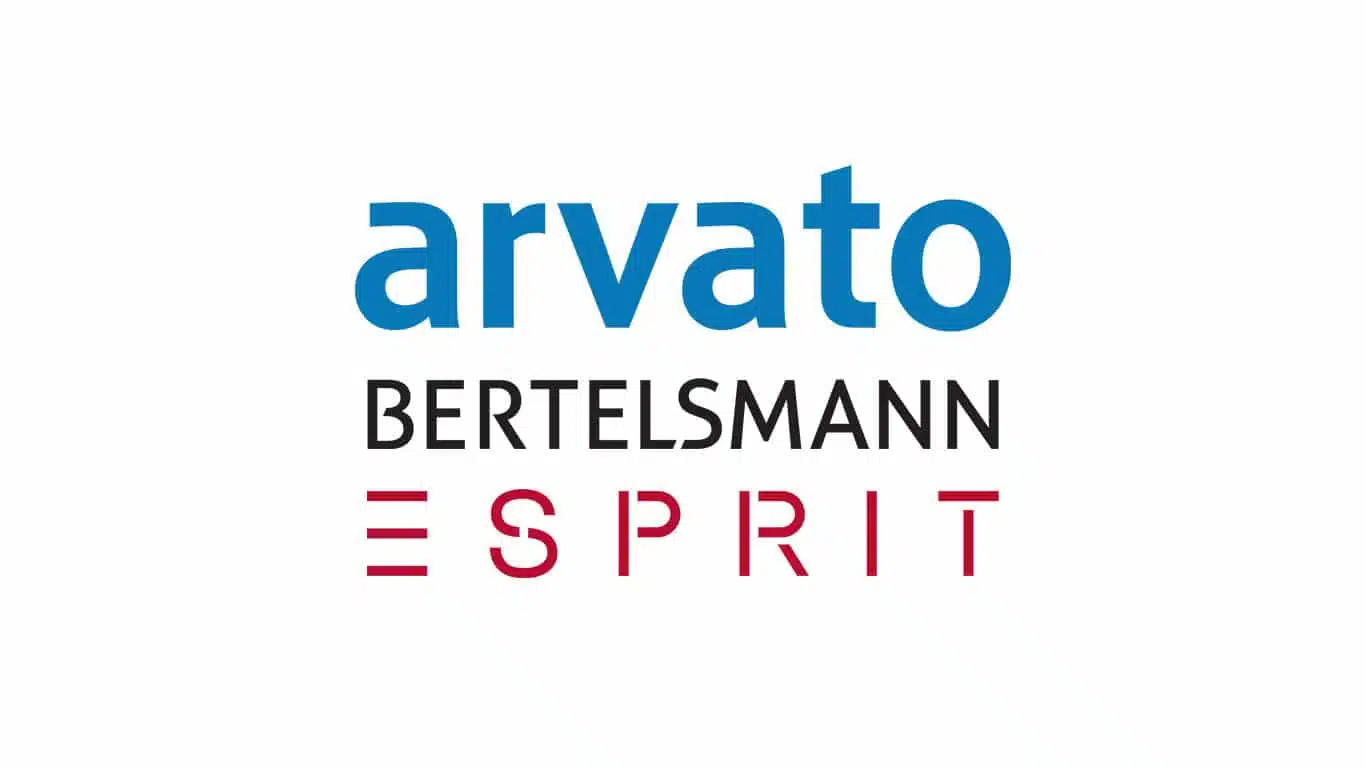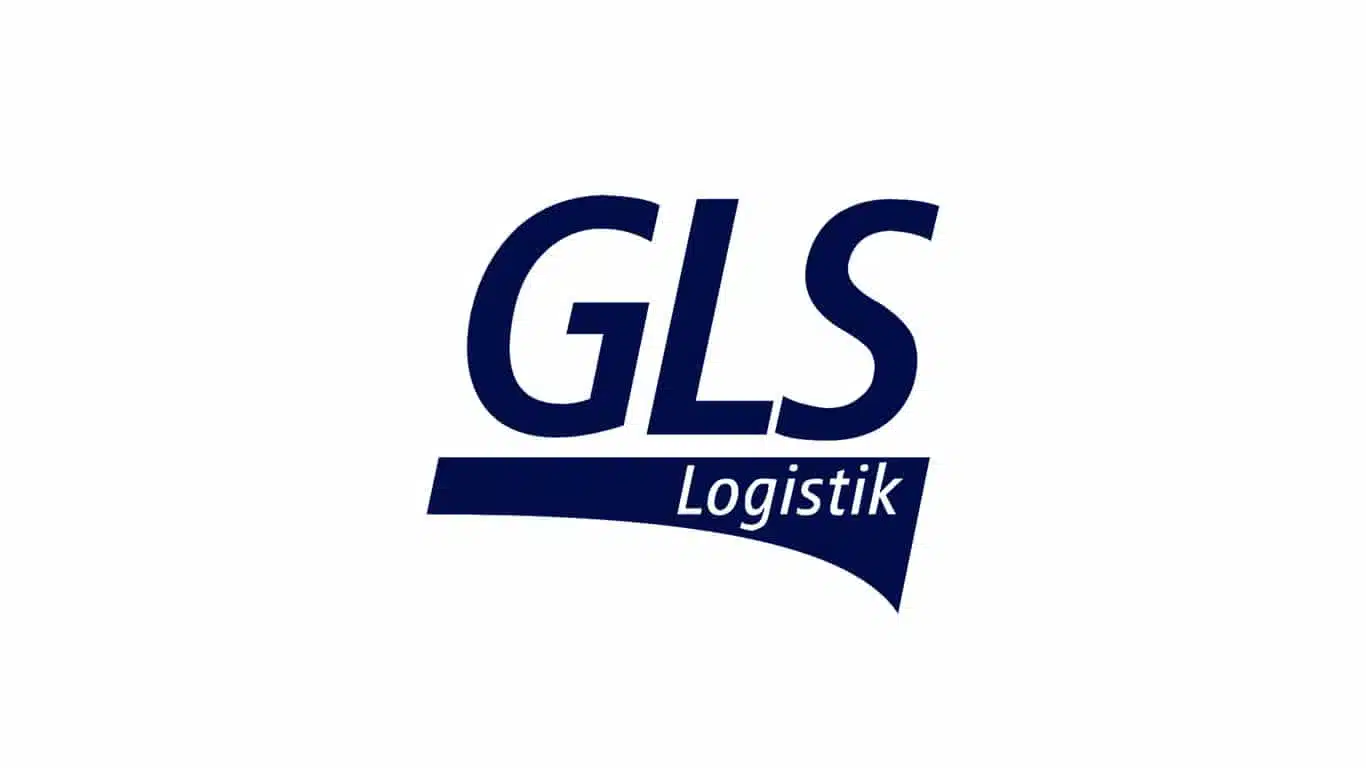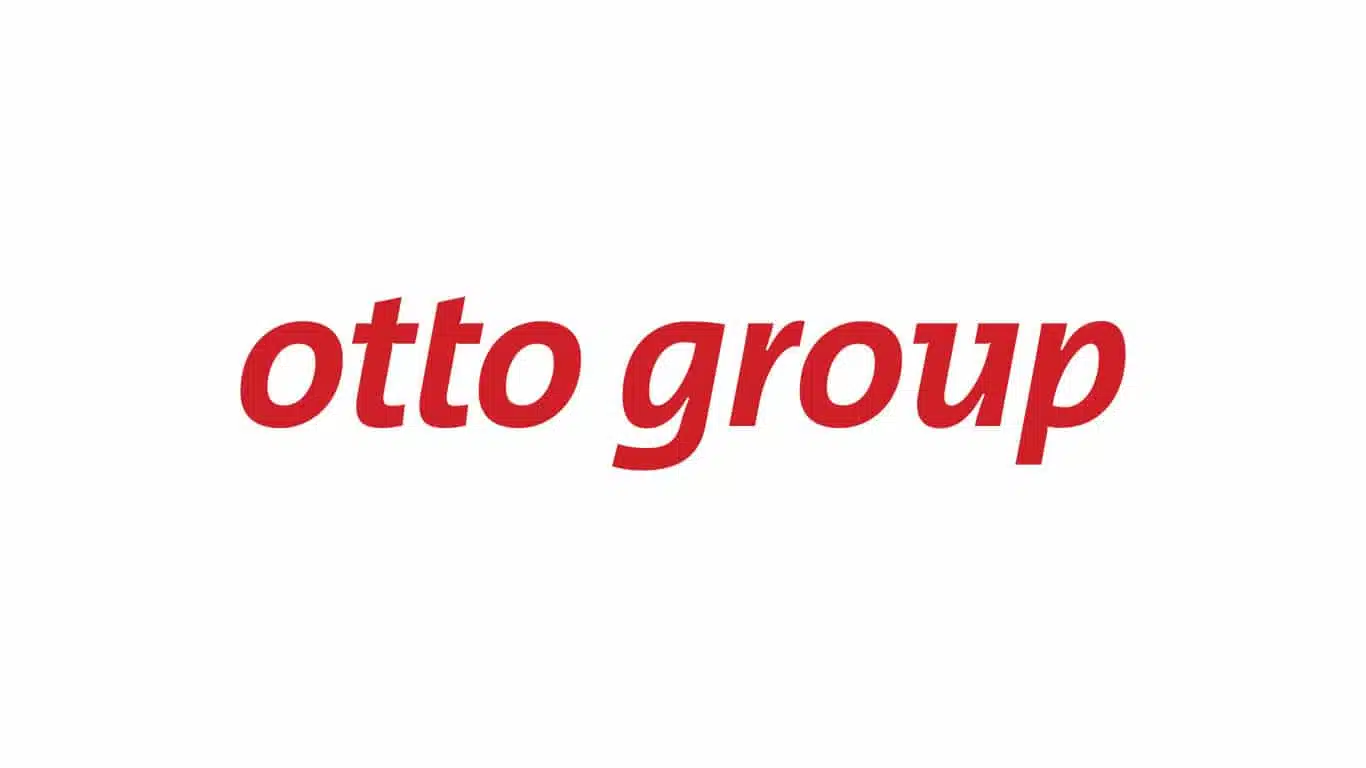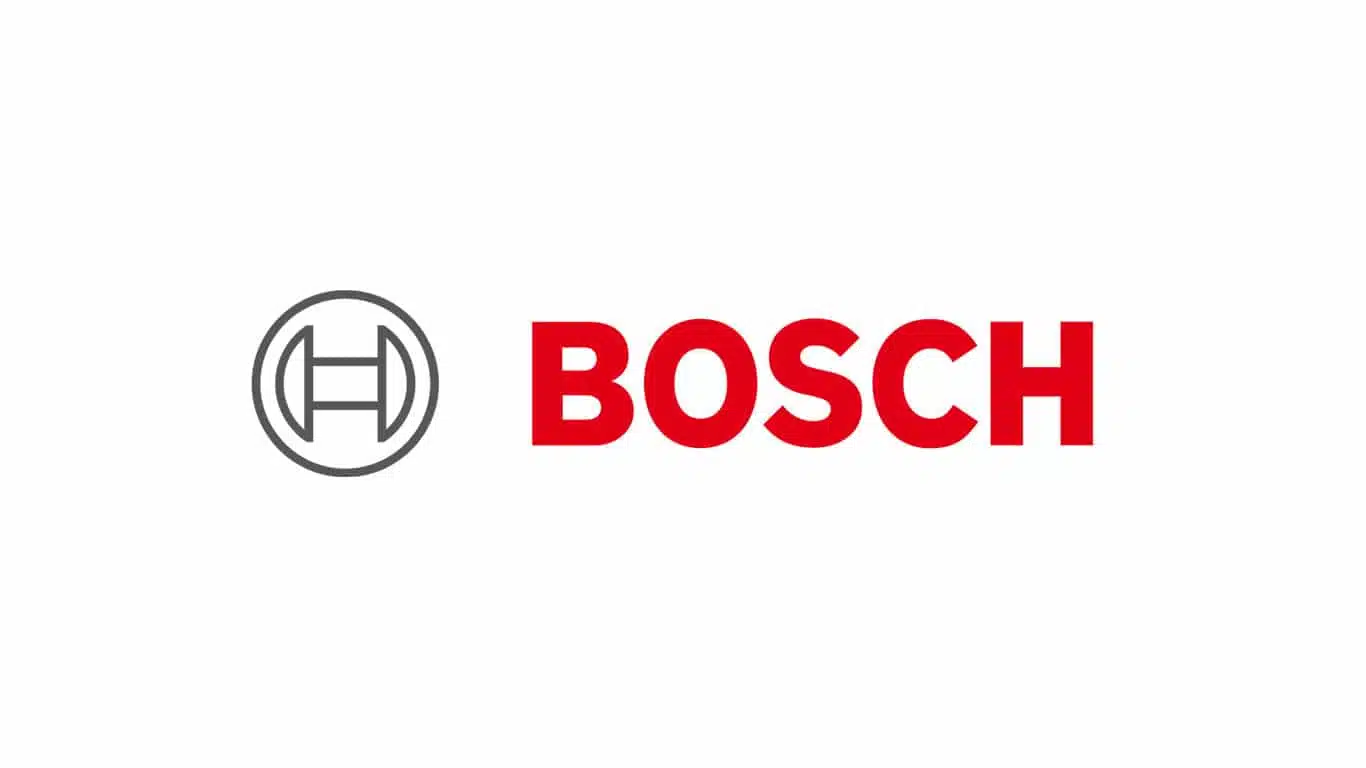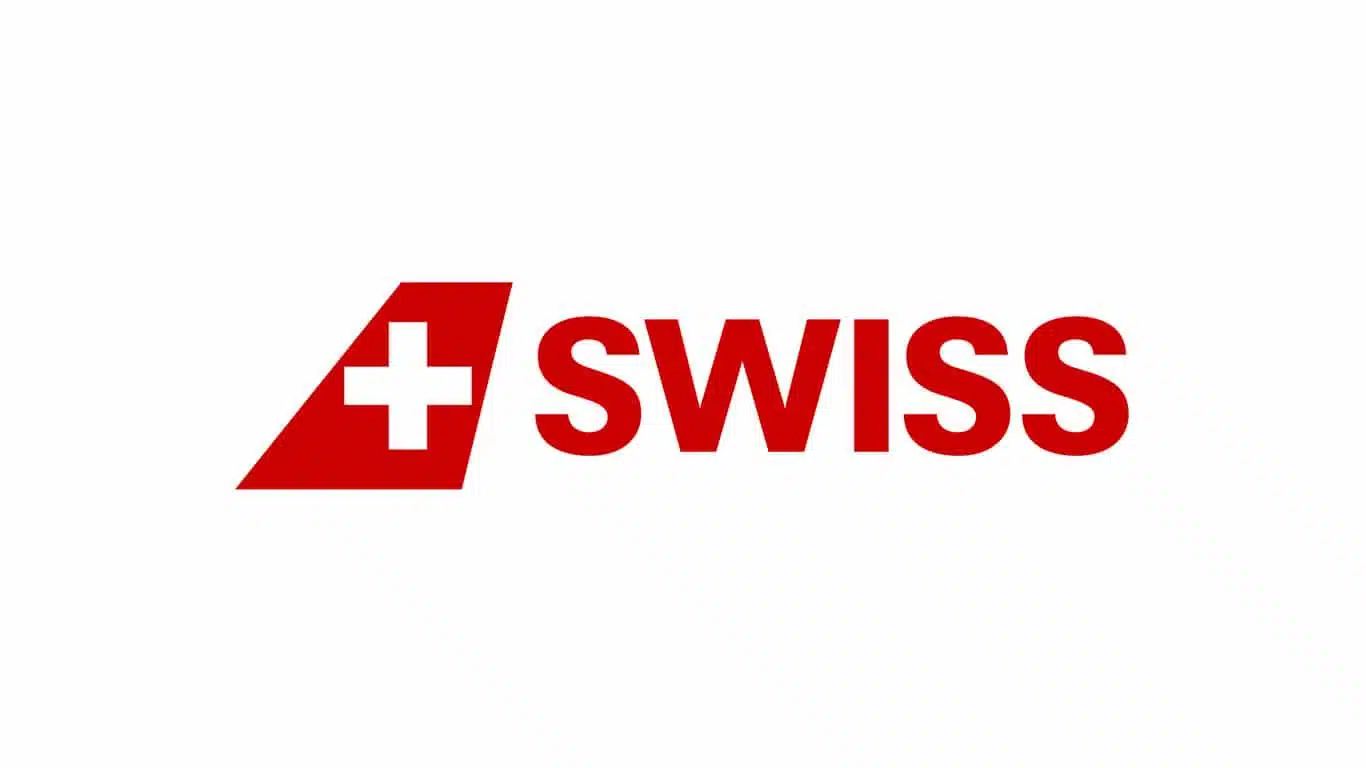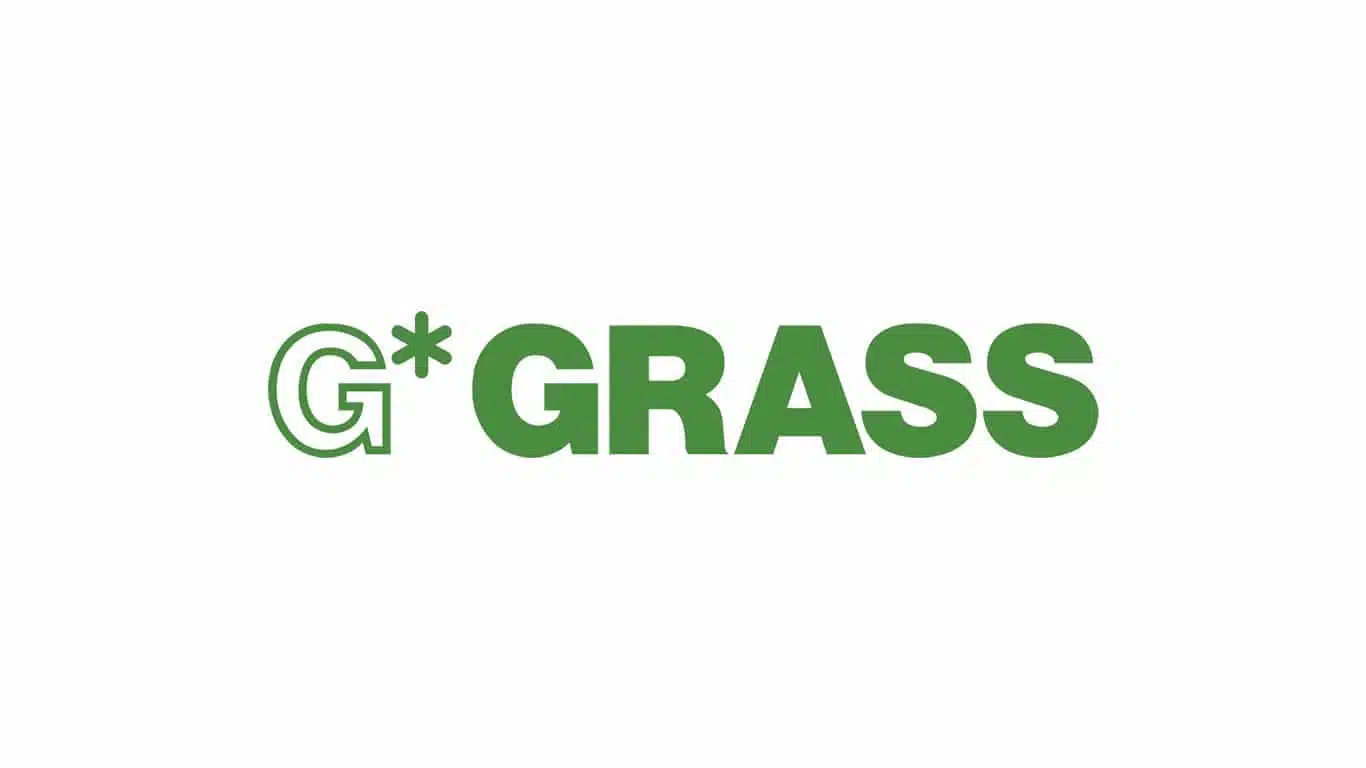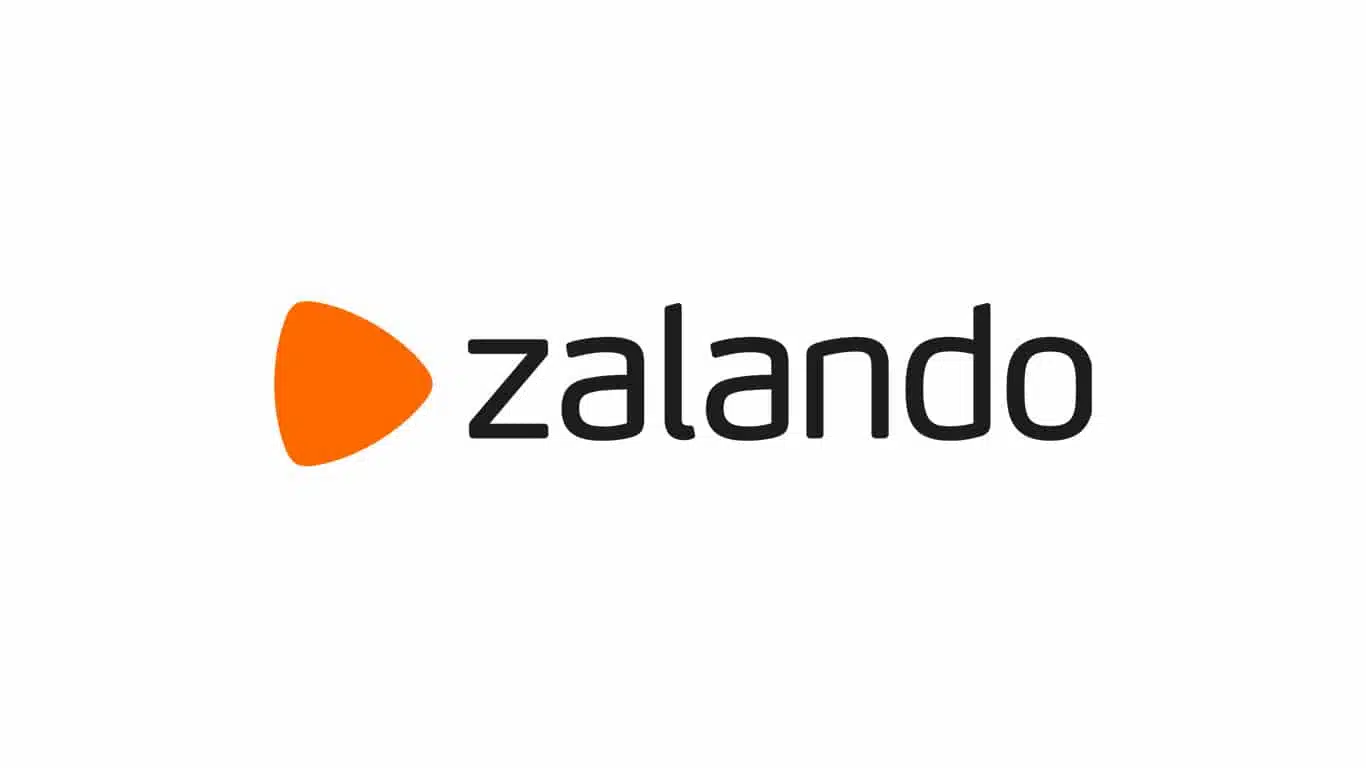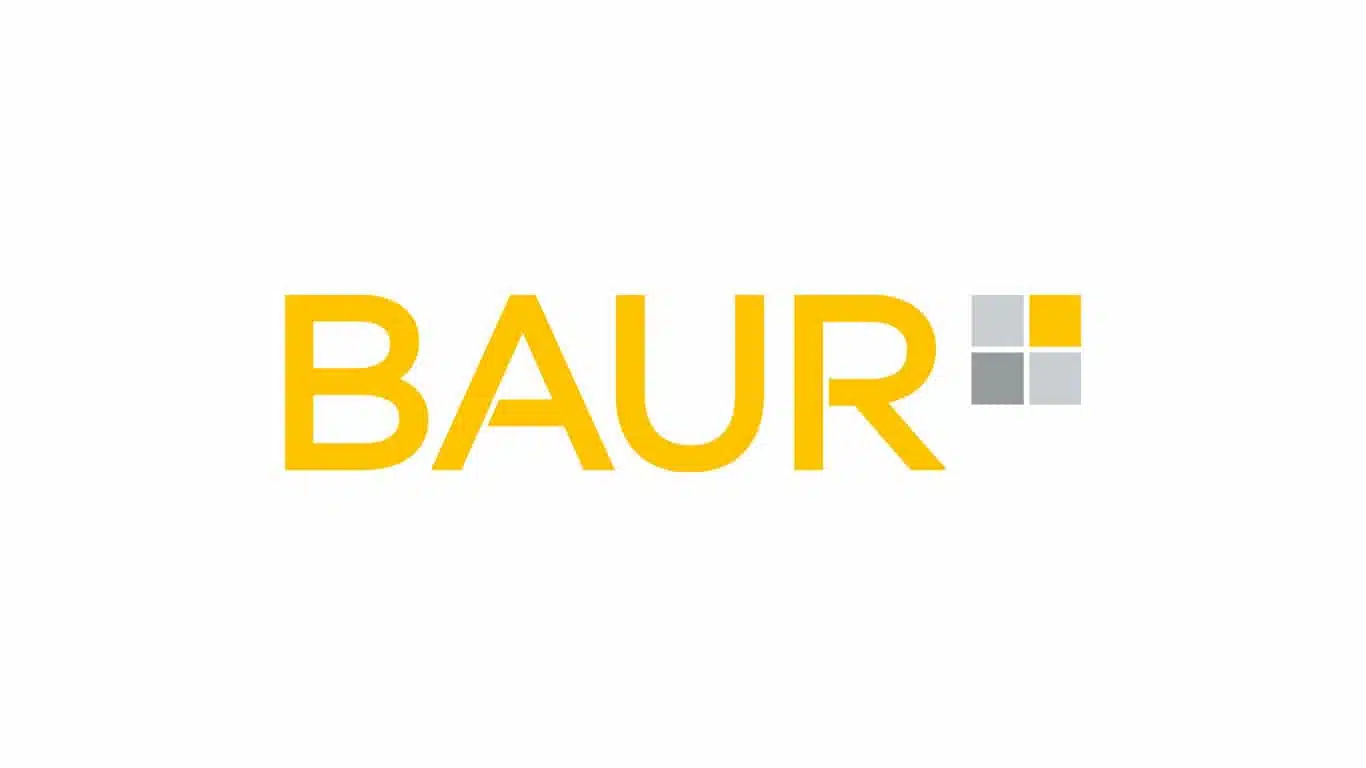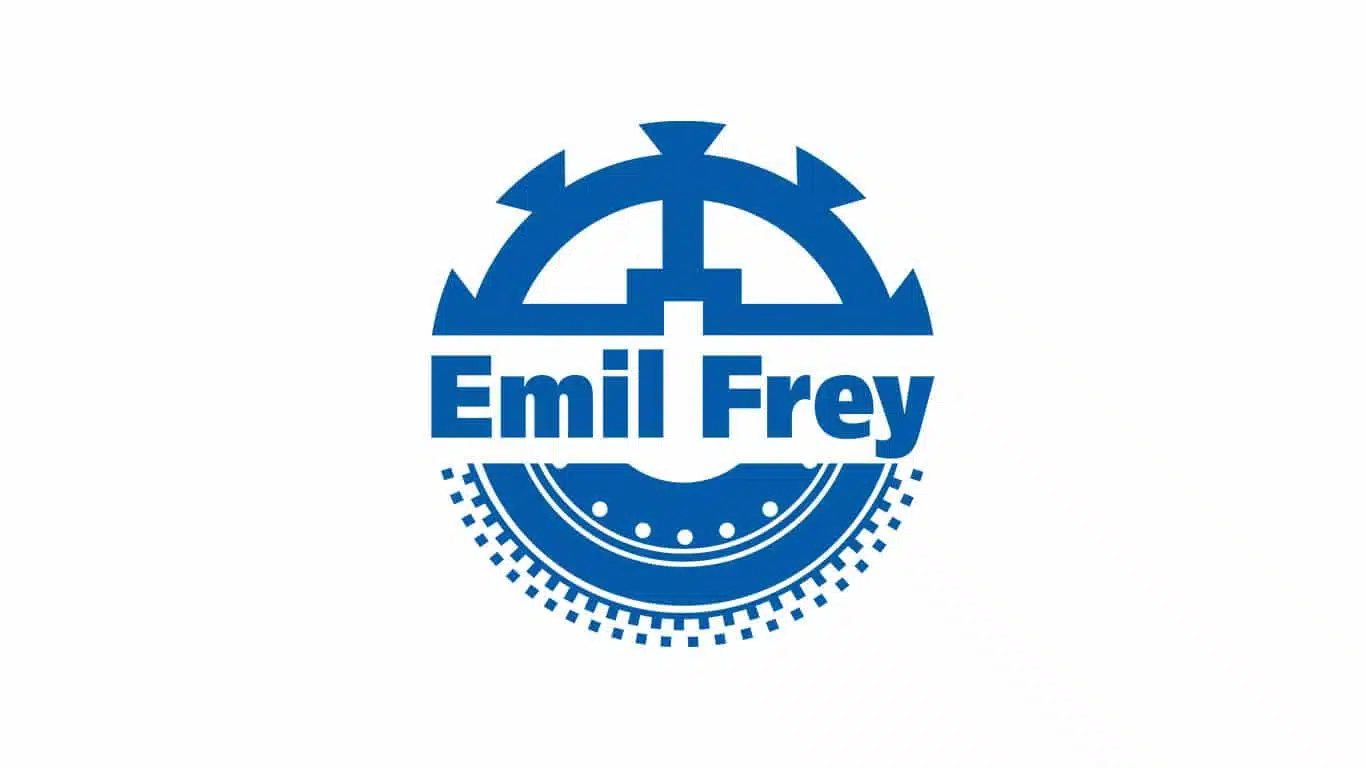
TUP.MFC
Best possible utilization of your materials handling equipment and warehouse logistics
Our Material Flow Control System (MFC) calculates in real-time the best route for goods through your heterogeneous materials handling and logistics technology, always taking into account the utilization of available facility resources and work stations.
The TUP software manufactory: Individual adaptation of the software, best practice standards in the processes
We add a third option to the choice between standard and individual solutions: the manufactory project. With the SAIL standard, which we helped to develop as part of a working group of the ‘Verband Deutscher Maschinen- und Anlagenbau’ (German Engineering Federation), we have created a tool to meet the increasing demands of intralogistics with an interdisciplinary architectural concept.
On this basis, we build an individually adapted material flow control system based on the principle of adaptive software: market-proven standard modules and precise adjustments where the greatest potential for optimisation can be achieved. Due to our project experience on the market and in research since 1980, we have a broad repertoire of processes and extensions, which are characterized by high flexibility and reliability.
By visualizing your infrastructure and integrating real-time information, we make the flows of goods in your intralogistics visible, so that you can monitor and optimize the utilization and status of your facilities at any time.
The advantages for your intralogistic processes at a glance
- Effective use of all facility resources
- Central control of your heterogeneous storage and materials handling technologies
- Comprehensive evaluation of the current operating conditions
- Short response times for routing and order processing
- Cost savings and risk minimization through a modular system
- Highest flexibility and fast response times for later extensions
- Standardized modules guarantee smooth integration and high reliability
- Transport management based on the innovative SAIL standard

The TUP.MFC
Structural integration and interface examples
How the TUP.MFC operates
The material flow control system does not generate transports, but processes the transports ordered by other components or systems, reports the progress of the transport to the ordering system according to parameterisable specifications and acknowledges the transport when it is completed.
Material flow control TUP.MFC
In addition to the visualization of the materials handling technology, the user can view every movement, every stock unit in detail and thus recognize which goods are on the move or parked in the warehouse. The route of the goods and the transporter (who is transporting the goods) can also be traced.

Functionality of the material flow control
The productive system is based on a static image of the materials handling equipment. This image consists of the following data:
- Facility locations
- Paths (as directional connection between two points)
- Timetable entries (which define the route from a point to the transport destination)
All possible transport alternatives in the facility are listed. The timetable entries have a sort sequence that determines which alternative is preferred. On the basis of this static data (facility matrix) in comparison with a dynamic mapping of the facility resources (current operating status data), the most effective free resource is assigned to further convey the transported goods.
This is made possible by a uniform core that is independent of the transporter and transport system. The SAIL standard makes it executable on all common platforms. The modular structure of the adaptive software enables further needs-based system expansions in other intralogistic areas.
Success Story
TUP.MFC in operation at Zalando in the Polish Fulfillment Center near Gryfino
The logistics centre processes orders from Poland, Germany, Austria and Scandinavia. In addition to the transport tasks, the material flow computer also takes over the control and optimization of the material flow streams within the entire warehouse infrastructure.
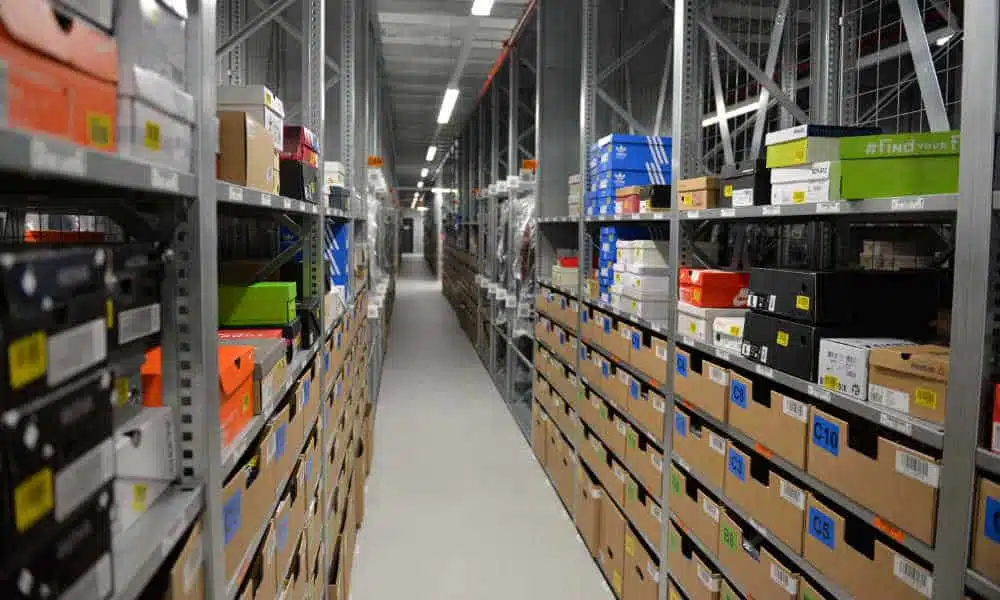
Feature summary - TUP.MFC
The TUP.MFC ensures transparency and improved utilisation of your intralogistical processes and materials handling technology. Get to know the features in detail.
Standardised system architecture via SAIL
Material flow systems in accordance with SAIL enable a manufacturer-independent integration of different subsystems through standardised functions and interfaces. SAIL was developed, with the cooperation of TUP, as a cross-supplier concept and subsequently laid down in the VDI/VDMA 5100 guideline “System Architecture for Intralogistics (SAIL)”. This standard reduces the complexity of project implementation and makes the cooperation of project partners at the sytem boundaries more efficient. In the first step, a materials handling equipment was segmented according to materials handling technology functions in order to then break down the functions found into components. Subsequently, the working group developed a standardization of these components and the required interfaces.
In this way SAIL maps the core functions of an intralogistics system and defines standard control functions and interfaces. In contrast to classical standardization, SAIL is platform-neutral.
The advantages are evident:
- Risk minimisation and greater planning reliability through the use of proven standards
- Transparency in all project phases, functions and system configurations through a common vocabulary
- Uniform presentation and definition of each intralogistic task
- Cost reduction in the offer phase through clear breakdown of the trades
- Greater flexibility for plant modifications and expansions
Optimization of the capacity of your forklifts and industrial trucks
Forklift trucks can be assigned to one or more control areas at any time, from which they are then supplied with transport orders. When assigning an order, the system first considers the waiting time of the goods to be transported and then the arrival time of the transporter according to the transport priority. For each source point, it can be determined individually whether the forklift driver is allowed to choose freely from the available transport units or not (removal from storage from blocked transport units).
The connection of specific facilities takes place via the exchange of order and message telegrams or by means of a user interface via radio terminals on the forklifts.
Your contact
You have a project enquiry or want individual consultation regarding TUP.MFC?
Our sales manager Swen Weidenhammer is a specialist in combining automation solutions with modern information technology.

